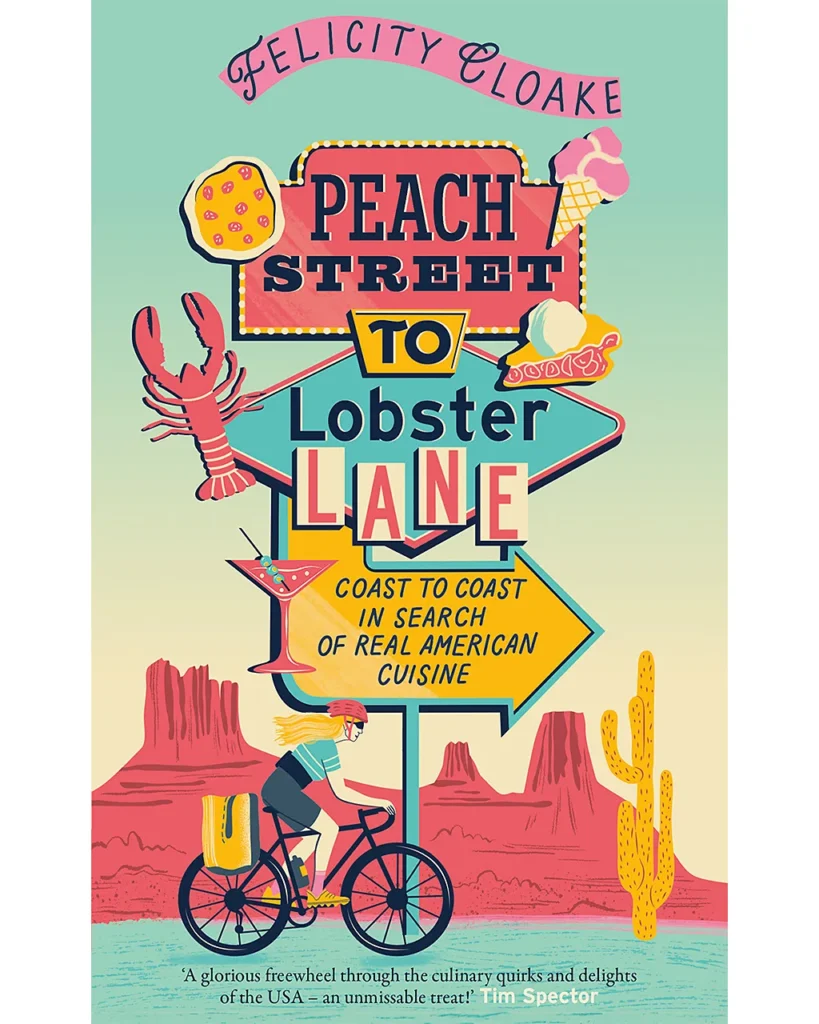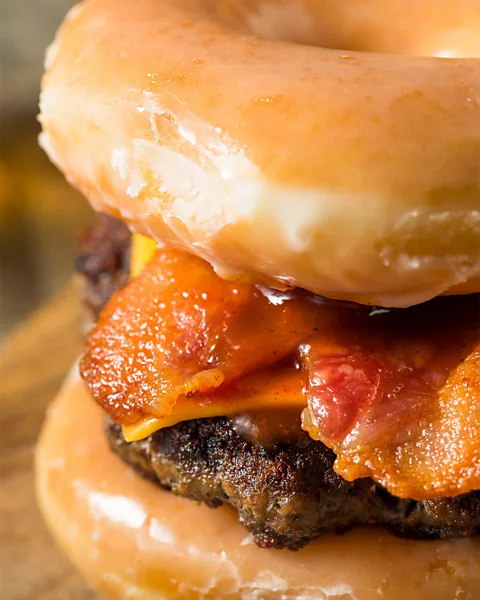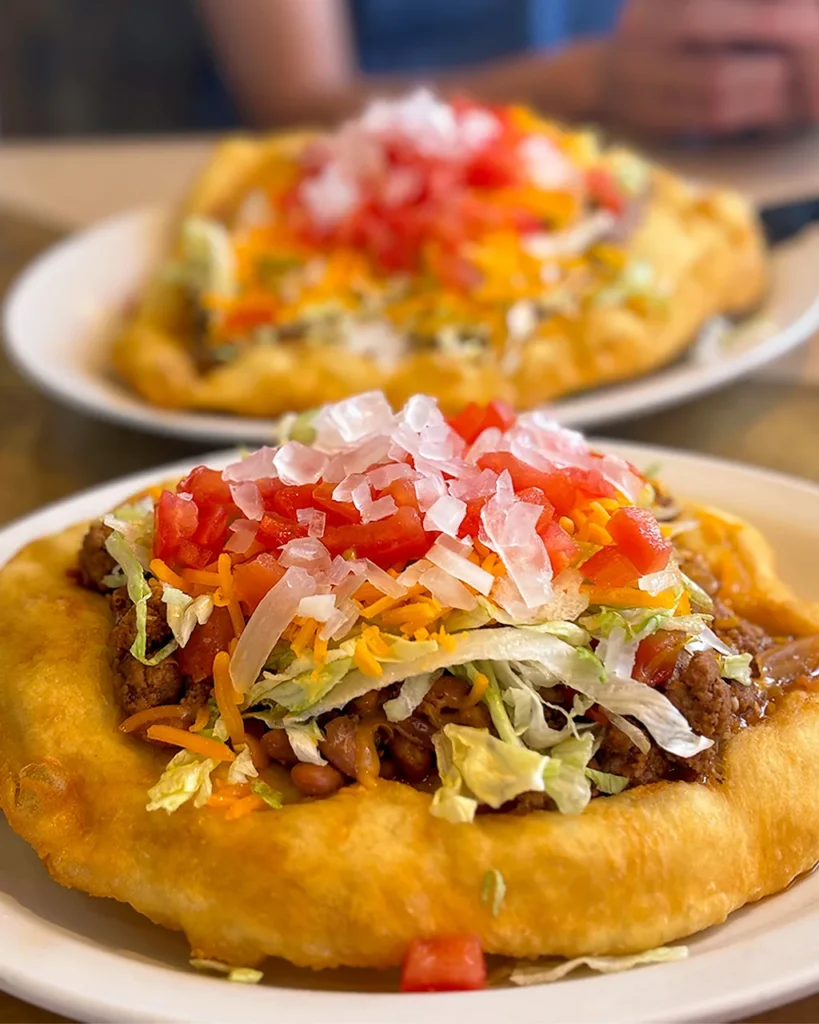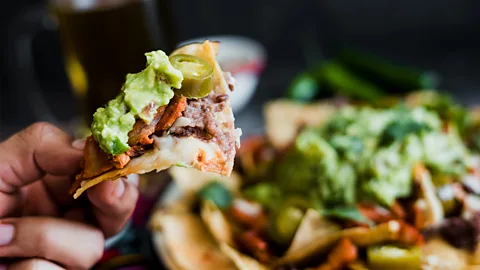Rediscovering American Cuisine: An American Food Journey Through a British Lens
British food writer and culinary adventurer Felicity Cloake embarks on a bold American food journey to uncover the true heart of American cuisine. In her latest book, Peach Street to Lobster Lane: Coast to Coast in Search of American Cuisine, she challenges the clichés surrounding American food. Trading four wheels for two, she cycles from the Pacific to the Atlantic, covering thousands of kilometers as part of this remarkable American food journey to find what truly defines the country’s culinary identity.

With humor, curiosity, and an adventurous appetite, Cloake’s American food journey takes her from small-town soul food to creative fusion dishes. Ultimately, her 10-week American food journey becomes more than just a gastronomic quest — it turns into a celebration of culture, resilience, and regional pride. Along the way, she dives into America’s love affair with food, discovering that its culinary story is one of immigration, innovation, and imagination, making this American food journey a captivating exploration of diversity and creativity.
Reframing the American Food Journey: Beyond Deep-Fried Dreams
Cloake begins her odyssey determined to challenge the prevailing narrative that American food is merely greasy, oversized, and lacking in refinement. “I was ready to meet the unicorn of American cuisine,” she quips in her opening chapter, “cover it with ketchup and pickles, and eat it for lunch.” It’s a cheeky nod to the exaggerated fast-food image that the rest of the world often holds.
However, through her journey, she uncovers something far more profound: a cuisine defined not by excess, but by diversity, ingenuity, and deep regional roots.
. Cloake paints a picture of a country that’s less about hamburgers and more about handmade tortillas in the Southwest, Vietnamese-Creole mashups in the South, and foraged ingredients in the Pacific Northwest.
Why America? Exploring the Culinary Puzzle of American Food
Despite initial reluctance from her publisher—who feared that America’s food image might not appeal to readers—Cloake was drawn to the immense culinary variety the US offers. “It’s a country built by immigrants,” she notes, “and their food stories shape what we now call American cuisine.”

What excites her most is the fluidity of food culture in the US. Where European cuisine is often tightly bound to tradition, American food tends to evolve freely. Cloake discovers that this flexibility leads to astonishing creativity. For instance, whether it’s a cheeseburger sandwiched between two glazed doughnuts or ramen-inspired Southern barbecue, American cuisine thrives on experimentation.
The Bike Ride: A Slower, Deeper Way on My American Food Journey
Opting for a bicycle rather than a car, Cloake decides to take the scenic (and sometimes chaotic) route. While friends and family expressed concern about her safety, the experience allowed her to intimately connect with the land and its people.
“Cycling gave me access to a side of America I’d never experienced before,” she explains. “The smaller roads, the diners no one talks about, the bakeries tucked into rural towns—those were the highlights.”
Although there were challenges—like navigating six-lane highways or facing unexpected weather—Cloake insists that cycling brought a special intimacy to the journey. It made every meal, every encounter, and every mile feel more meaningful.
Flavors Across the States: Highlights from an American Food Journey
Cloake’s journey reads like a delicious travelogue—each chapter delves into the flavors of a different region:
1. California’s Culinary Refinement
Her journey begins in San Francisco, where the local obsession with sourdough speaks to a reverence for quality and history. Here, she samples fermented delights and farm-to-table fare, discovering a sophisticated food culture rooted in sustainable practices.
2. Southern Heat and Heritage
In Louisiana, she visits Avery Island, the spiritual home of Tabasco. In Texas, she accidentally stumbles into a crawfish festival and delights in smoked brisket and Tex-Mex specialties. “There’s no place like Houston for fusion,” she notes, calling the food scene “a bold expression of the city’s multicultural identity.”
3. Midwest Comfort and Innovation
The heartland introduces her to classics like deep-dish pizza, butter burgers, and the origins of the hamburger in Columbus, Ohio. At the same time, it’s not all about tradition—she’s intrigued by creative twists on old favorites, including vegan cornbread and foraged mushroom casseroles.
4. New England’s Farm-to-Table Movement
As she cycles into New England, Cloake is greeted by a wave of fresh seafood, heirloom vegetables, and centuries-old cooking traditions. “When American food is good,” she insists, “it’s as good as anything in Europe.”
The Fusion Revelation: Taiwanese Tex-Mex on the American Food Journey
One of Cloake’s standout meals—and perhaps the most symbolic of her journey—comes in San Antonio, Texas. Here, a Taiwanese-American chef has taken the foundational elements of Tex-Mex and infused them with East Asian flavors.

On the menu: mochi hush puppies, orange chicken-fried steak, and Szechuan tamales. In fact, it was unlike anything I’d ever had,” Cloake beams. “It wasn’t just delicious—it was daring, unexpected, and utterly joyful.”
This culinary innovation, born from layered identities and fearless experimentation, becomes her definition of true American cuisine: a vibrant, evolving expression of culture and creativity.
The Cost of Eating Well: A Pricey Revelation
Surprisingly, one of Cloake’s biggest shocks during the trip wasn’t on the plate—it was the price tag. “America is no longer the budget-friendly destination I remember,” she laments. From inflated grocery prices to the ever-confusing tipping culture, her food budget often stretched thin.
“A single grapefruit in Ohio cost me nearly three dollars,” she recalls in disbelief. “It’s grown in Florida. How does that make sense?” Her experience highlights the rising cost of living and eating out across the US—a growing concern for locals and travelers alike.
Health Food Paradox: Processed in Disguise
However, Cloake also notices a curious contradiction in the American approach to healthy eating. While health consciousness is widespread, much of the food marketed as “healthy” turns out to be highly processed.
“It’s all packaged—protein bars, meal replacements, green juices in plastic bottles,” she explains. “It was often difficult to find simple, unprocessed fruits or vegetables.”
This realization led her to appreciate the changes in the UK’s food scene, where local produce, farmers’ markets, and whole foods are increasingly celebrated.
Culture Clash: Throwaway Plates and Plastic Forks
Moreover, another cultural difference that struck her was the throwaway nature of dining. “Everything came in plastic—plates, cups, forks. It felt so transient, so disposable,” Cloake observes. The limited recycling infrastructure in many parts of the country added to her discomfort.
As someone used to ceramic plates and cloth napkins, she found it difficult to enjoy a meal from a foam container, no matter how delicious the contents.
Rediscovering the Roots: Native American Cuisine
A profound realization dawned on Cloake as she delved deeper into American food culture: almost all of what we label as “American food” has immigrant origins. From German sausages and Italian pizza to African-influenced Southern dishes, the country’s food tapestry is a complex mosaic of borrowed flavors.
“Only Native American food is truly indigenous,” she notes, pointing to traditional ingredients like wild rice, bison, corn, and maple.With the future in mind, Cloake expresses a strong desire to revisit and delve further into these culinary traditions, particularly in the Great Lakes region and the Southwest.

In particular, dishes like Navajo tacos—made with Indian fry bread instead of tortillas—offer a rich, often overlooked narrative that she feels is gaining long-overdue recognition.
The Journey’s Takeaway: America’s Food Is Limitless
After thousands of miles and countless meals, Cloake arrives at a profound conclusion: American cuisine isn’t one single thing—it’s an ever-changing, boundary-pushing experiment in flavor.
“As new communities arrive and mix, American food evolves again,” she says. “There’s no end to what it could become.”
She celebrates the freedom to innovate, the playfulness in presentation, and the creativity that doesn’t take itself too seriously. From Vietnamese-Cajun crawfish boils to deep-fried lasagna sandwiches, the country’s culinary landscape feels limitless.
Would She Do It Again? Absolutely—With Fewer Salad Bags
Looking back, Cloake has a few small regrets—namely, that she didn’t allow herself to indulge more. I was paranoid about not getting enough vegetables,” she laughs. “Some days, I survived on pre-washed salad bags. Looking back, I wish I’d let myself enjoy more of the ridiculous, outrageous food.
Moreover, there’s Texas. “I wish I had stayed longer in Texas. Clearly, there’s so much more to explore there—more stories, more flavors.
Had it not been for her loyal dog waiting back in the UK, she might have kept pedaling indefinitely.
One Plate, Many Stories
Felicity Cloake’s Peach Street to Lobster Lane isn’t just a cookbook or a travel diary—it’s a love letter to American ingenuity through food. Her journey redefines the narrative around American cuisine, elevating it from a punchline to a celebration of complexity, resilience, and joy.
By choosing the slow route, talking to chefs, and savoring unexpected meals, Cloake uncovers what truly ties American food together: its boundless capacity for reinvention. Her book is a reminder that if you dig past the stereotypes, America’s food scene is one of the most exciting and unpredictable in the world.




